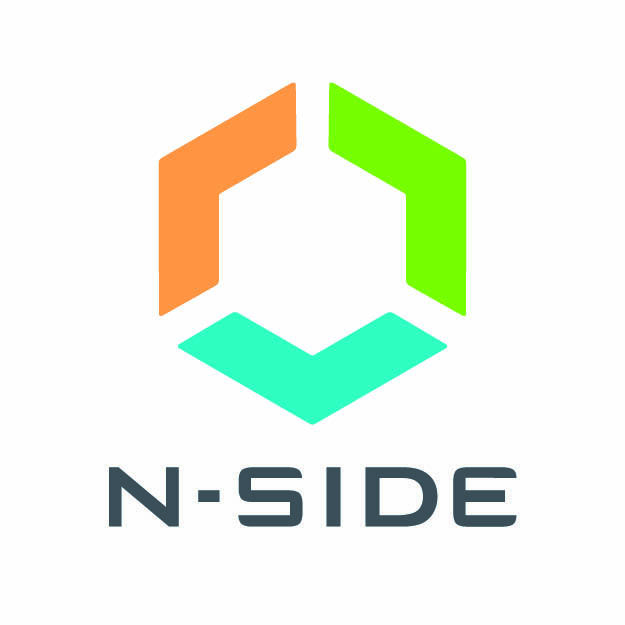Clinical trial supply overage – How to reduce product wastage while keeping a perfect service level for patients?


For decades, risk in clinical trial supply has been mitigated by maintaining buffers of drug available throughout the supply chain. Buffers are necessary to cover the inherent variability in the demand of clinical trials. When not consumed by patients during the trial, these buffers result in unused drug, or “overage”. When investigational medicines are readily available and not expensive, having higher overage in a study can be accepted by the company in order to ensure no risk to patient service level.
These last few years have seen the increase of biotech and expensive products. Therefore, more and more emphasis has been placed on fighting wastage of medicines in clinical trials, thus greater scrutiny on study overage. While a certain amount of overage is indeed necessary to cover unpredictability, how much overage is too much?
Since the main purpose of having overage in clinical trial supply is risk mitigation, to answer this question let’s step back and examine the risks. For any trial, the supply risk can be broken down into 2 components.
The first type of risk is not acceptable – the risk of an out of stock in the supply chain. In this case, there is no medicine available in the upstream part of the supply chain to dispense to the patient. This risk could occur for a number of reasons. For example, the enrollment could go much faster than expected. If it is not possible to quickly realize it and bring the next release a few weeks/months earlier, there could be an out of stock. The risk of out of stock must be avoided by careful planning that considers a number of scenarios of what could occur during the study.
The second type of risk is manageable – with this risk, the drug is available in the upstream part of the supply chain. However, the medicine needed for a patient is in transit and will arrive a few days too late for the patient. We will call this type of risk a risk of a “patient missed visit”. If there is a supply chain manager monitoring the trial, a manual site shipment could be placed in order to avoid this risk. A supply strategy with some risk of a patient missed visit is acceptable if there is someone on the team available to monitor at the time of the risk and take actions to manage it. Such a strategy may allow less overage to be used. But would the cost and effort of manual monitoring make sense?
Using simulation, we can examine this question and chose an optimal supply strategyby considering many different supply strategies, each with their own level of overage, risk of a patient missed visit and cost. The simulation tool will highlight and reject all strategies that have some risk of out of stock. Simulation also pinpoints where and when risk will occur, making manual monitoring more feasible. This will allow the SC manager to know where to focus attention on the operational management of the trial.
By looking at the trade off between cost versus risk for all strategies, we can find the most efficient strategies for the trial – for each risk level, we will only consider the strategy with the lowest cost.
But we still need to answer how much buffers to put throughout the supply chain. In order to reduce overage, it is possible that we may need to select a riskier strategy. In this case, we need to ask ourselves –
- Is it possible within our organization to do manual monitoring of the trial?
- How much manual monitoring would be necessary?
- What is the cost savings between the two different strategies, shown in blue in the below figure?
Is that manageable to slightly increase the risk? How much additional manual work would it require for the team? Is that effort worth the price?
Through simulation and assessment of the overall trial context, the company (i.e. a team including people from different departments, especially from clinical supply and clinical operations departments) can make an informed decision and select a strategy with manageable risk, acceptable overage at the minimal cost possible.
Is there pressure in your organization to reduce study overage? If yes, how are you linking this fight to reduce overage with the risk management activities?

Discover N-SIDE solutions

Solution
Production App
The N-SIDE Production App gives you unprecedented flexibility to optimize manufacturing for your clinical projects.
Use the Production App to build and maintain an optimal clinical production plan that accounts for your specific constraints. Then use advanced analytics to model any what-if scenario,to respond quickly and efficiently to unexpected changes.

Solution
Supply App
The N-SIDE Supply App is the only solution that adds a risk-based optimization approach to clinical supply forecasting.
Make data-driven decisions about overage, packaging, sourcing, IRT setup, depot shipments, and more, all while measuring the precise impact of these decisions on patient service level and budgets.



